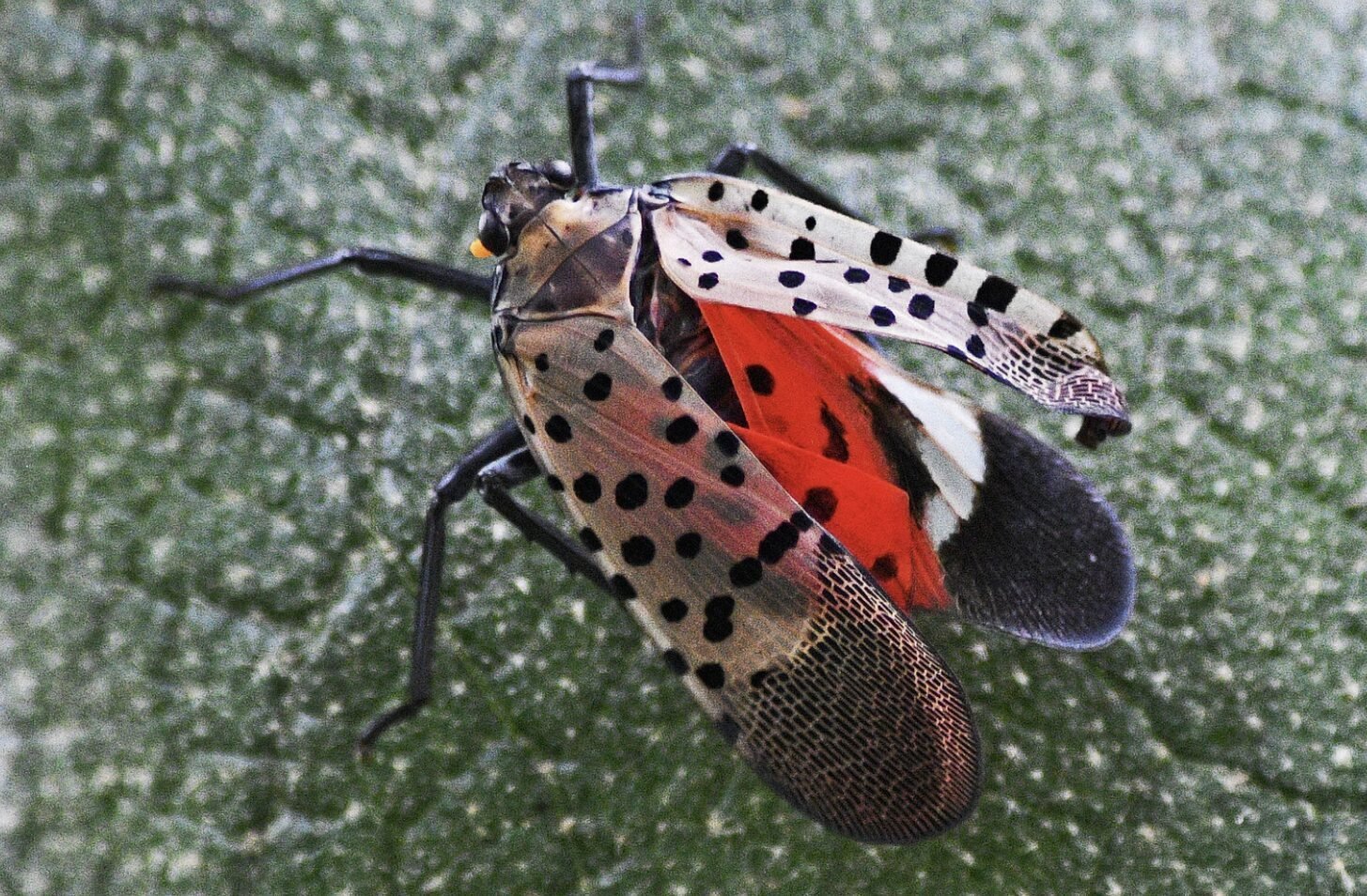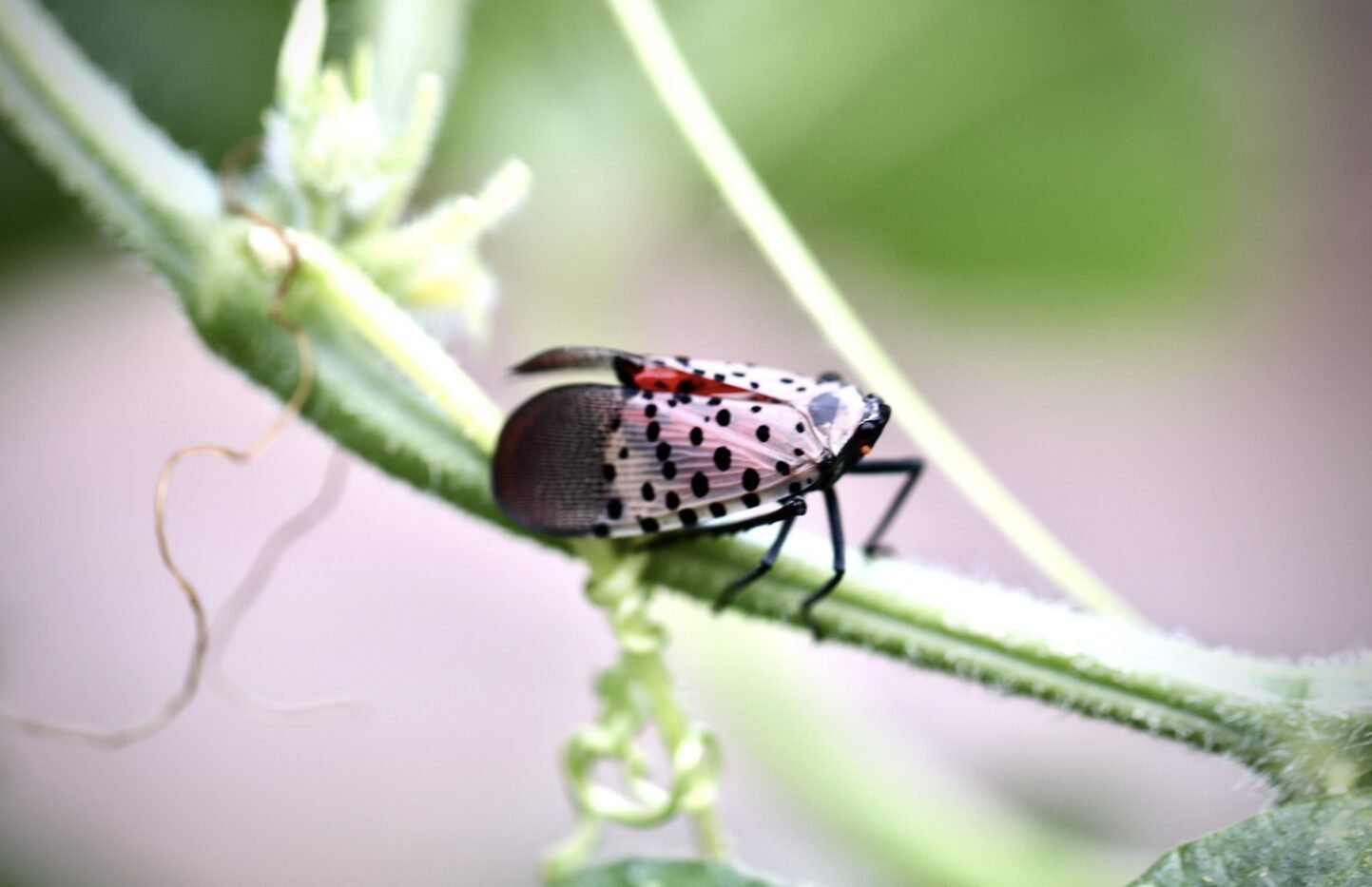When it comes to insects, some can be fascinating, while others can be outright terrifying—especially those that threaten our environment. Among these harmful pests, the lanternfly stands out as a significant danger not just to your garden but to entire ecosystems. This invasive species, which first appeared in the United States in 2014, has rapidly spread, wreaking havoc on plants, crops, and trees. If you’ve ever spotted one, you know that action is required immediately.
What is a Lanternfly?
Despite its somewhat charming name, the lanternfly is far from harmless. Originating from China, this pest was first discovered in Pennsylvania in 2014. Since then, it has spread across multiple states, causing extensive damage to agriculture and natural landscapes. Whether you’re a commercial farmer or a backyard gardener, the impact of these insects can be severe.

The Damage Lanternflies Cause
Lanternflies feed on the sap of various plants and trees, weakening them over time. Their feeding behavior not only stresses the plant but also leads to the development of sooty mold—a fungal growth that thrives on the sweet honeydew excreted by the insects. This mold can choke the plant by blocking sunlight, hindering photosynthesis, and ultimately stunting growth. In my own garden, I witnessed the vibrant leaves of a beloved maple tree fade into a dull, blackened mess as the mold took over.Identifying a Lanternfly

Recognizing a lanternfly is crucial to controlling its spread. Adult lanternflies are about an inch long and half an inch wide, with distinctive wings that are gray with black spots on the front and a striking red and black pattern hidden underneath. When they take flight, the bright red underwings create a vivid flash of color. The juveniles, or nymphs, are black with white spots, turning red as they mature.
Lanternfly Feeding Process
The lanternfly feeds by piercing the plant with a long, needle-like mouthpart, accessing the sap directly. This method is particularly harmful because it taps into the plant’s nutrient channels, effectively draining its life force. Observing them feed on my plants was both fascinating and deeply concerning.
First Sightings and Spread
Lanternflies were first detected in the U.S. in Pennsylvania, likely arriving on shipments from Asia. Since then, they have spread primarily along the East Coast, but their reach is expanding as they find suitable climates and host plants across the country.

How to Deal with Lanternflies
If you encounter a lanternfly, it’s important to act swiftly. As harsh as it may seem, eliminating them on sight is crucial to controlling their population. Squashing adults and nymphs is a direct method, but there are more strategic approaches as well

Destroying Lanternfly Eggs: Prevention Tips
One of the most effective ways to manage lanternfly populations is by destroying their eggs before they hatch. These egg masses resemble smears of gray mud and can often be found on smooth surfaces like tree bark, stones, or outdoor furniture. If you find an egg mass, scrape it off into a bag containing alcohol or hand sanitizer to kill the eggs.

Conclusion
Dealing with lanternflies has taught me that sometimes, taking a firm stance against certain pests is necessary to protect our environment. If you spot one of these insects, remember the extensive damage they can cause and take immediate action. It’s up to us, as informed gardeners and homeowners, to help control the spread and preserve the health of our plants and ecosystems.